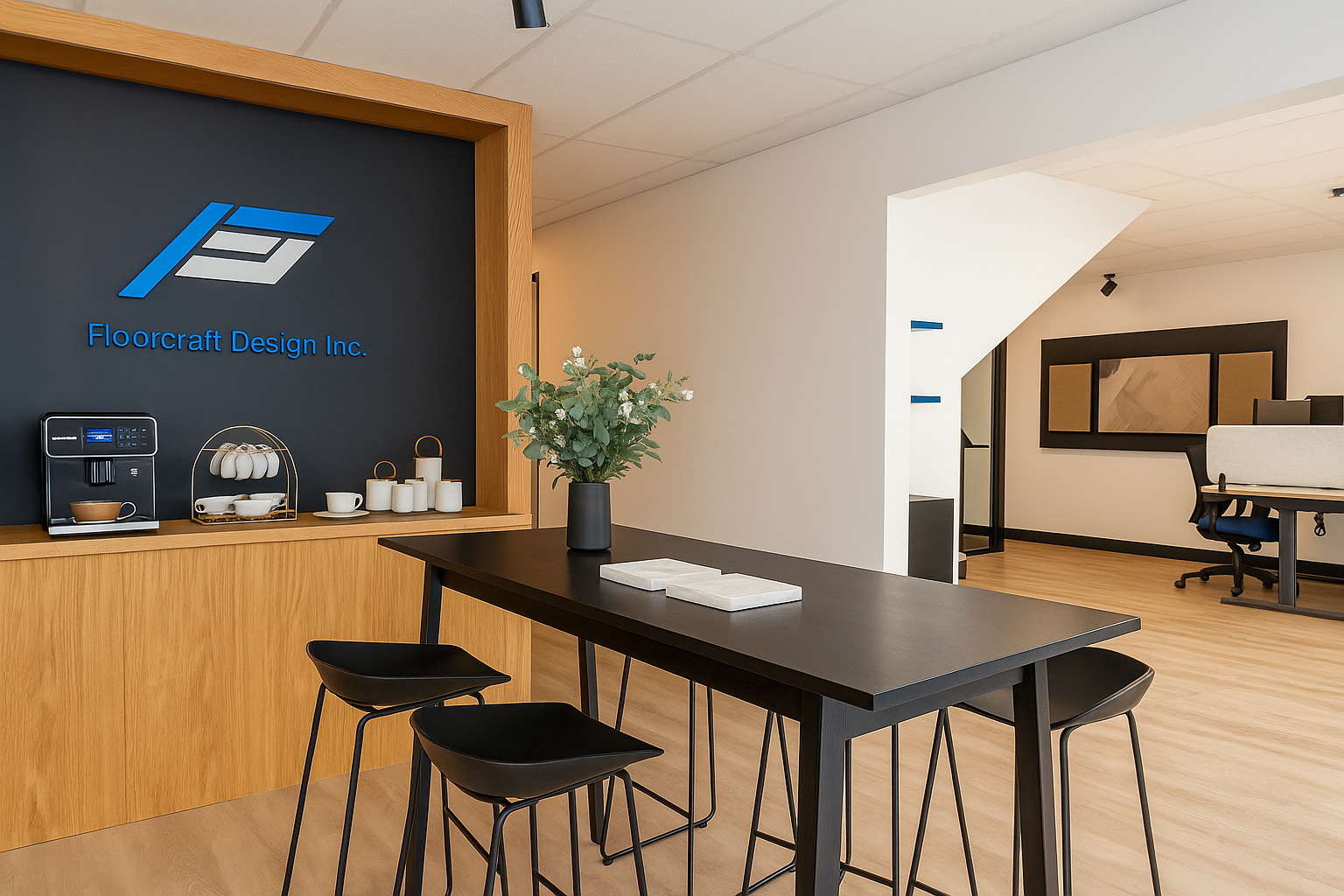When projects arrive with incomplete drawings, late spec changes, and communication gaps wider than the Rideau Canal, Canadian contractors know the feeling all too well. Office interior design projects can transform from straightforward builds to endless headaches when professional interior designers are missing from the equation. Recent statistics show that 75% of construction projects in Canada and the US are delivered over budget, with an average cost increase of 15% due to scope changes. But here’s what most contractors don’t realize: an office interior designer who truly understands construction isn’t just another player on the team, they’re the solution to many persistent contractor issues that have been plaguing the industry.
The Canadian construction landscape faces unprecedented challenges in 2025. Business insolvencies jumped 41.4% in 2023, led by the construction sector. Labour shortages continue to plague 72% of projects, while material costs and supply chain disruptions create daily headaches. Construction timelines have stretched 25% to 30% longer compared to five years ago, and 77% of projects finish late with an average delay of 70 days. Against this backdrop, commercial interior design teams that understand building processes become invaluable assets rather than additional complications.
Professional interior designers who provide construction services provide specific support systems that directly address contractor issues. These aren’t decorative consultants picking paint colours, they’re design-build interior partner professionals who solve real construction problems before they escalate.
Coordinated Systems Integration from Day One
Office interior designers with construction knowledge coordinate MEP systems with interior layouts from project start. They ensure electrical, HVAC, and data requirements align with office furniture design and space planning, eliminating the costly conflicts that arise when trades discover incompatible systems during installation. This coordination prevents the 44.8% of projects affected by design-related problems and keeps contractors moving forward instead of waiting for resolution meetings. When commercial interior design teams integrate building systems early, office interior design becomes a construction asset rather than an obstacle.
Design-build interior partner teams understand that modern office interior design requires sophisticated coordination between technology infrastructure and aesthetic goals. They specify power and data locations that support flexible office furniture design while accommodating future changes. This proactive approach eliminates the contractor issues that arise when interior designers make decisions in isolation from building systems. Commercial interior design that considers construction sequences means fewer change orders and smoother project flow.
Materials and Finishes That Work in Real Buildings
Experienced office interior designers specify materials with full knowledge of installation requirements, lead times, and building code compliance. They understand which commercial interior design materials perform well in Canadian climates and which office furniture design elements can be installed within realistic construction timelines. This knowledge prevents the supply chain disruptions that have become endemic in the industry, where 67% of projects face material-related delays.
Professional office interior design teams maintain relationships with reliable suppliers and understand current market conditions. When material shortages threaten project schedules, they have alternatives ready and can make substitutions without compromising design intent. This supplier coordination eliminates contractor issues related to procurement delays and ensures that office furniture design elements arrive when needed. Design-build interior partner relationships provide the supply chain stability that keeps construction projects moving forward.
Documentation That Eliminates Confusion
Clear, construction-ready documentation from office interior designers prevents the miscommunication that causes 85% of design project delays. Professional commercial interior design teams provide detailed drawings, specifications, and installation instructions that eliminate guesswork for trades. Their documentation includes everything from mounting heights for millwork to coordination requirements for office furniture design installations. This level of detail prevents the contractor issues that arise when field teams must interpret incomplete information.
Design-build interior partner documentation includes sequencing information that shows how office interior design work integrates with construction schedules. Contractors receive clear guidance on when various trades can proceed and what preparation work is required. This coordination eliminates the delays that occur when office furniture design installations conflict with other construction activities. Professional interior designers who understand building processes create documentation that supports smooth construction flow rather than interrupting it.
Proactive Problem Resolution
Office interior designers with construction experience identify potential problems before they reach the job site. They conduct constructability reviews during design development, catching conflicts between commercial interior design elements and building systems. This early problem identification prevents the costly changes that typically occur during construction when design assumptions meet physical realities. Professional problem resolution keeps contractor issues from escalating into project delays.
When field conditions differ from original plans, experienced office interior design teams provide rapid response and alternative solutions. They understand construction constraints and can modify design elements without extensive redesign cycles. This responsive support eliminates the waiting periods that occur when changes require lengthy review processes. Design-build interior partner teams provide the flexibility that keeps construction projects moving despite unexpected conditions.
Client Communication That Protects Construction Schedules
Professional office interior designers serve as intermediaries between clients and contractors for aesthetic decisions, protecting construction schedules from constant client interactions. They handle design modifications, material selections, and office furniture design changes through structured processes that don’t disrupt field work. This communication management eliminates contractor issues related to client interference and scope creep.
Commercial interior design teams that understand construction maintain clear boundaries between design decisions and construction progress. They batch client reviews and approvals to minimize disruption to trade schedules, ensuring that office interior design processes support rather than hinder construction timelines. This structured approach to client communication keeps projects moving forward while maintaining design quality.
The Statistical Case for Professional Support
Recent Canadian construction data reveals the magnitude of challenges facing contractors. The construction sector posted a 3.1% decline in 2024, with investment in building construction reaching only $21.8 billion in May 2025, down 2.2% from the previous month. Supply chain disruptions continue to impact material availability, while labour shortages affect 72% of projects according to the latest RICS Canada Construction Monitor.
Project delays have become endemic, with an IDC survey finding that 77% of construction projects finish late with an average delay of 70 days. Cost overruns affect 75% of projects, with average increases of 15% due to scope changes. These statistics highlight the urgent need for solutions that address root causes rather than symptoms. Professional office interior design that eliminates communication gaps and coordinates building systems directly addresses the factors driving these negative outcomes.
The design-build interior partner model offers measurable improvements. Studies show that collaborative design-build approaches complete projects 25% faster than traditional methods, with fewer change orders and improved coordination between disciplines. When office interior designers understand construction processes, they eliminate many of the factors contributing to delays and cost overruns.
Frequently Asked Questions (FAQ):
Why do office interior designers matter for contractors?
Office interior designers provide detailed specs, plans, and site support, which simplifies contractor workflows and solves contractor issues promptly. Their proactive involvement means fewer mistakes and faster builds.
How does professional office interior design actually reduce construction delays?
Office interior designers with construction knowledge coordinate building systems early, provide clear documentation, and resolve conflicts before they reach the field. They eliminate the communication gaps and specification problems that cause most delays. Professional commercial interior design teams also manage supply chains proactively and serve as client communication buffers, protecting construction schedules from constant interruptions.
How do office furniture design specifications from professional interior designers differ from typical furniture plans?
Professional office furniture design includes installation sequences, coordination with building systems, and realistic delivery schedules. Instead of just showing furniture locations, experienced designers provide mounting details, power requirements, and trade coordination information. This comprehensive approach prevents the installation conflicts and delays that occur when office furniture design is created without construction knowledge.
Beyond Traditional Design Services
Modern commercial interior design extends far beyond selecting finishes and furniture. Professional office interior design teams coordinate with dozens of trades, manage complex supply chains, and ensure compliance with evolving building codes. They understand that office furniture design must accommodate technology infrastructure while supporting flexible work arrangements. This comprehensive approach to commercial interior design directly supports construction efficiency.
Design-build interior partner teams use Building Information Modeling and digital collaboration tools to coordinate with construction teams in real time. They participate in clash detection reviews and provide input on constructability issues before they reach the field. This technical coordination eliminates many traditional contractor issues related to design-construction integration.
The benefits extend beyond individual projects. Contractors who work with professional office interior design teams report higher client satisfaction, fewer warranty issues, and stronger relationships that lead to repeat business. When commercial interior design supports rather than complicates construction processes, everyone benefits from smoother projects and better outcomes.
Key Takeaways:
- Professional office interior designers eliminate the communication gaps that cause 85% of construction project delays
- Design-build interior partner teams coordinate building systems early, preventing the 44.8% of projects affected by design conflicts
- Construction-savvy commercial interior design reduces material delays through proactive supplier coordination and alternative planning
- Office furniture design managed by experienced professionals prevents installation conflicts and supports construction schedules
- Professional interior designers serve as client communication buffers, protecting contractor schedules from constant scope changes
- Office interior design teams with construction knowledge provide rapid problem resolution that keeps projects moving
- Design-build interior partner approaches complete projects 25% faster than traditional methods through improved coordination
- Commercial interior design documentation from experienced teams eliminates field confusion and reduces contractor issues
- Office interior designers who understand building processes create specifications that support rather than complicate construction
- Professional support systems transform office interior design from construction obstacle into construction asset
The Canadian construction industry faces complex challenges that require integrated solutions. Professional office interior designers who understand building processes provide essential support that addresses root causes of contractor issues rather than adding complexity. When commercial interior design teams coordinate systems early, provide clear documentation, and manage client communications effectively, construction projects run smoother and deliver better results. The evidence is clear: contractors who partner with experienced design-build interior partner teams complete projects faster, with fewer problems, and higher client satisfaction. In an industry facing labour shortages, material delays, and increasing complexity, professional office interior design support isn’t a luxury, it’s a necessity for competitive success.

